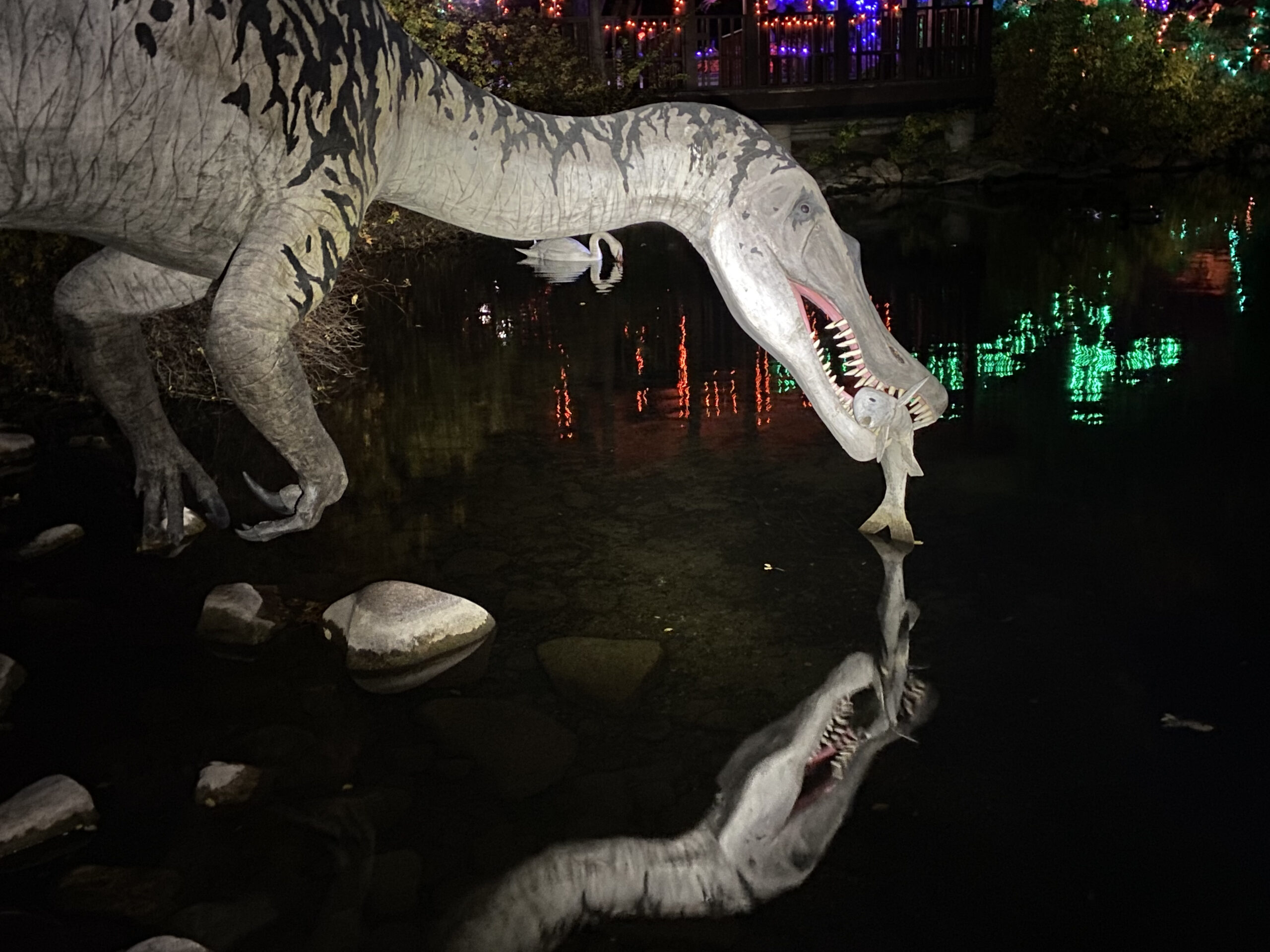
Species: walkeri
Range: Late Jurassic (Valanginian-Barremian, 136-125 MYA) from England, Spain, possibly Morocco
Size estimate: 25 ft length, 1-1.5 tons
Discovery: A. J. Charig and A. C. Milne, 1986
Classification: dinosauria, saurischia, theropoda, spinosauridae, baryonychinae
Since no one has ever seen a living dinosaur, and the missing pieces of the fossil record withhold important clues to their appearance, no artistic representation of a dinosaur ever gets it 100% right. On top of that, new discoveries can change our ideas of extinct creatures drastically. So, how close does this sculpture come to what we know of the original animal?
© 2023 Dinosaur Park • All Rights Reserved.